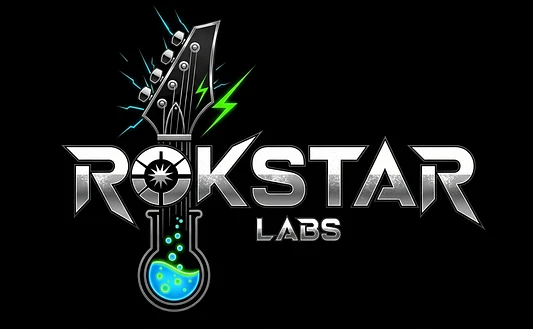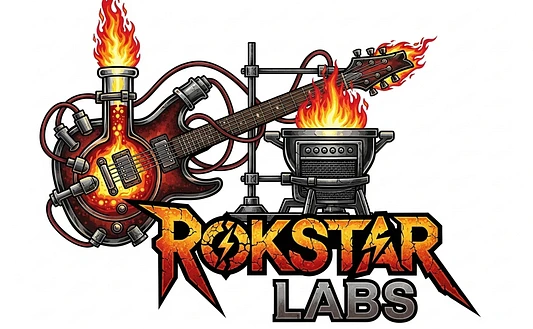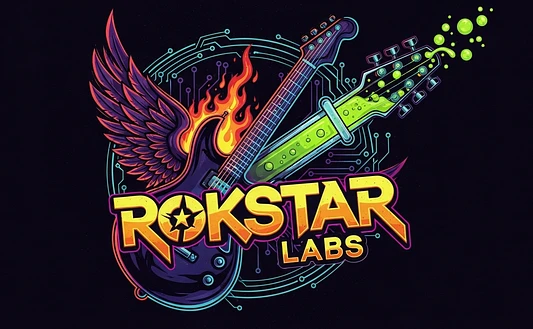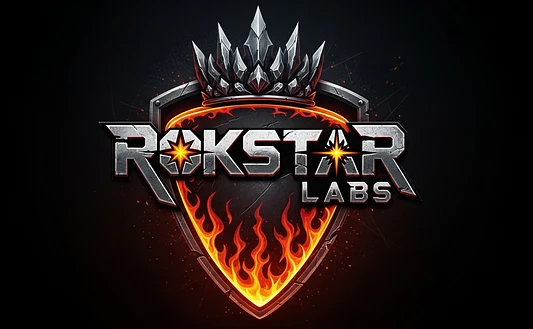Email Marketing for Musicians: Your Direct Line to Fans
Emails give you direct access to fans, bypassing algorithms while building lists with value offers and the ability to send content that keeps them engaged. You can use tools like Mailchimp (free tier) for newsletters that feel personal, not spammy. Keep your fans engaged, and build that community.
Basic Ideas for Emails: Monthly updates with tour news, exclusive tracks, or behind-the-scenes stories. Segment lists with tags (e.g., VIP fans vs. casuals) for targeted sends.
Tips for effective email marketing:
- Sign-up incentives: Gate a free demo or live recording behind an email form at gigs or on socials... aim for 10-20% conversion. Give the fan that "extra" experience they would not have had otherwise.
- Content structure: Short subject lines ("New Track Drop Inside"), value-first body (80% helpful, 20% promo), and clear CTAs (Call To Action) like "Grab Tickets Now."
- Frequency and personalization: Start monthly; use merge tags for "Hey [Name]" that personalization can increase opens by 20-30%.
- Automation: Set up welcome sequences for new subs (e.g., 3 emails over a week introducing your story and sharing your musical passions and inspirations).
- Pitfalls: Avoid bought lists they will tank your deliverability. Those list brokers will sell the same list as many times as possible and will be saturated to hell and back. Always remember to include unsubscribe options to stay legal and respectful.
Taylor Swift uses emails for tour announcements and fan exclusives, turning her list into a revenue machine while keeping it feel-good and community-focused. Metallica and their 5th Member do the same with both emails and notifications.
Include email open rates or subscriber growth in your EPK to show fan base strength. See my What is an EPK post to learn more about how you can use the resources you put time into, for the greater good of promoting your band.
So let me hear it in the comments. What's a good "first email" idea you want to send out to your fans when they sign up? I'll be roaming the comments to lend a hand and help refine them.



